
If your laminate is damaged, it’s time for repairs or replacement. This guide will show you everything you need to know about laminate floor repair costs.
Go beyond the rug and transform your space


Contact a flooring pro to identify the best flooring type for your style, budget, and lifestyle.
The most expensive flooring materials are hardwood and natural stone, while vinyl and laminate are more budget-friendly options.
Professional installation is recommended for most flooring materials, but vinyl and laminate are the easiest to install yourself.
Hardwood, stone, and concrete floors require added maintenance such as resealing or refinishing every few years.
Are you getting tired of that drab old carpeting? Choosing the right type of flooring for your home is a crucial decision that impacts not only the aesthetics but also the comfort and functionality of your living space. While carpet is a traditional choice, there are a ton of flooring alternatives to carpet that offer unique advantages. Whether you're seeking elegance, durability, or ease of maintenance, exploring your options here and getting advice from a local pro can transform your home.
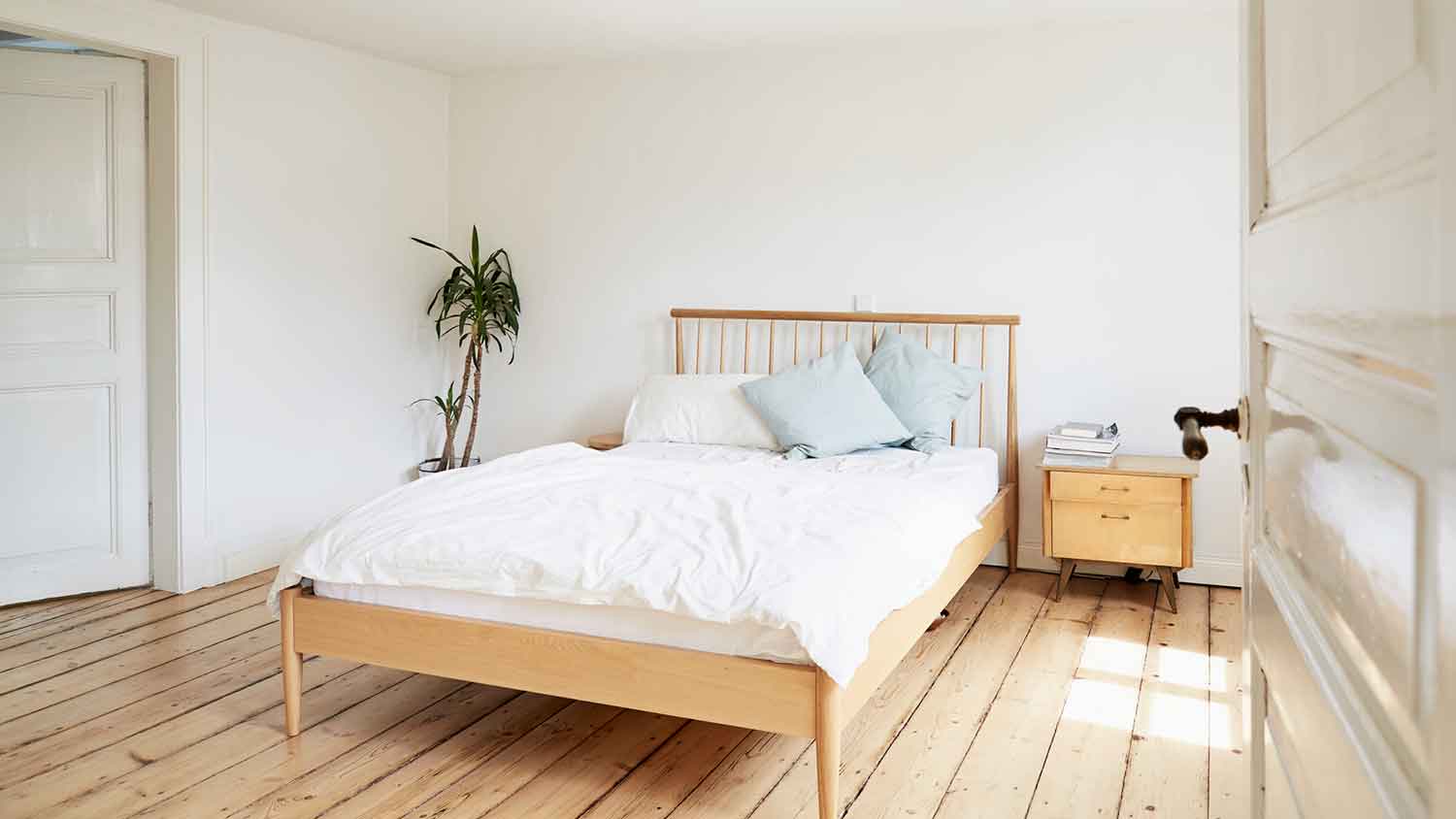
Hardwood floors exude timeless elegance and sophistication. Their luxurious appearance adds a touch of refinement to any room, from living areas to bedrooms. Unlike carpet, hardwood floors are easy to clean and maintain, and they contribute to better indoor air quality by minimizing dust and allergens.
However, solid hardwood can be a pricier investment, and it lacks the soundproofing qualities of carpet. Ideal for those seeking a luxurious transformation, hardwood floors are best suited for spaces that don’t see a ton of moisture.
| Pros | Cons |
|---|---|
| Luxurious appearance | High initial cost |
| Easy maintenance | Less soundproof |
| Increased home value | Less comfortable |
Best for: Those looking for a luxurious transformation in spaces like the living room, dining room, or bedroom
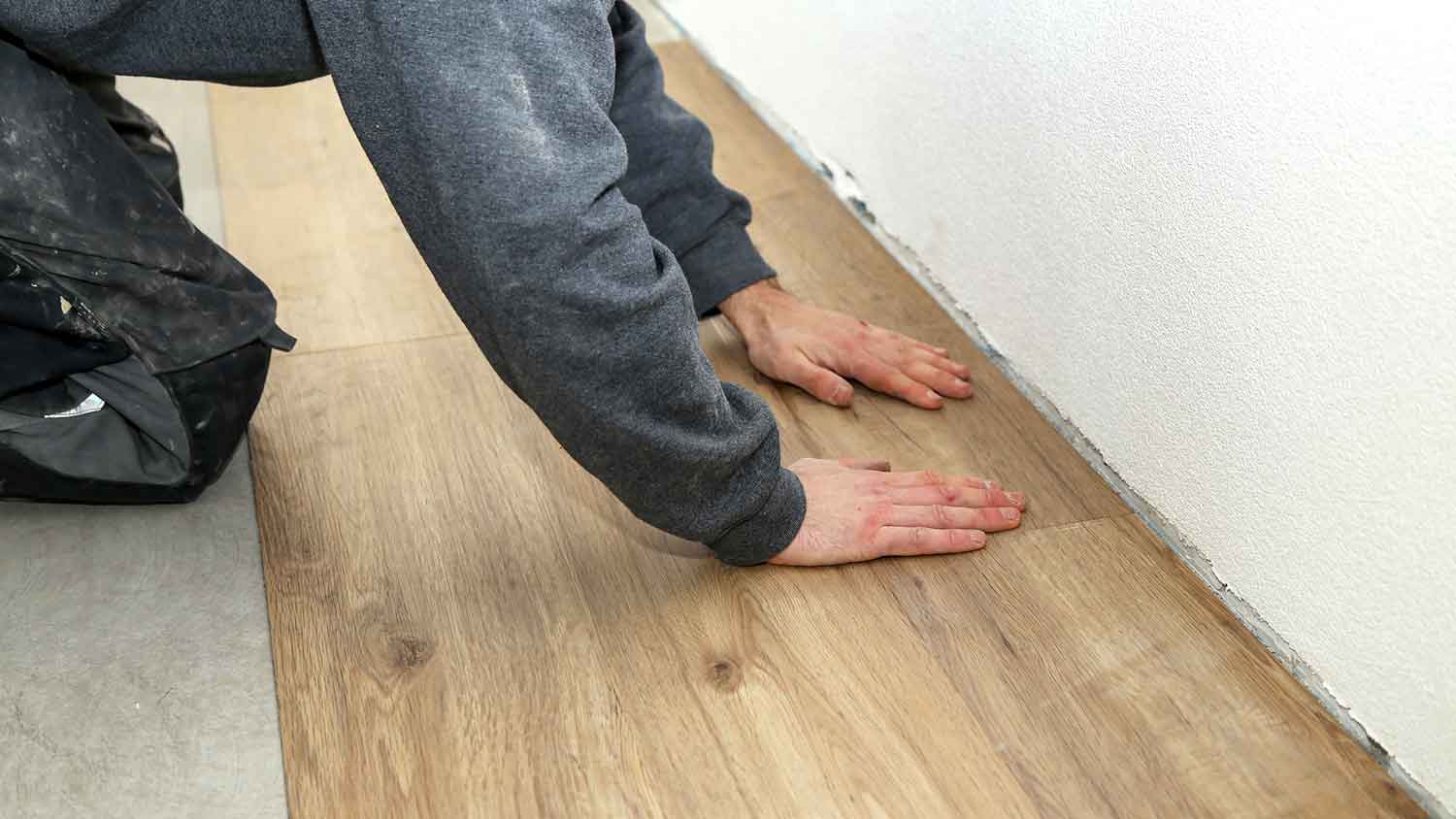
Vinyl is a cost-effective alternative to solid wood that replicates wood’s appearance while providing added durability and waterproofing. Vinyl flooring is easy to maintain and resistant to stains, so it’s suitable for high-moisture areas like kitchens and bathrooms. However, this alternative to carpet flooring may not enhance your home's value as much as hardwood, and it's not the most eco-friendly flooring option.
| Pros | Cons |
|---|---|
| More affordable | Less eco-friendly |
| Durable and waterproof | Shorter life span |
| Easy to maintain | Lower ROI |
Best for: Those seeking an affordable but luxurious update in spaces like the living room, dining room, kitchen, or bathroom
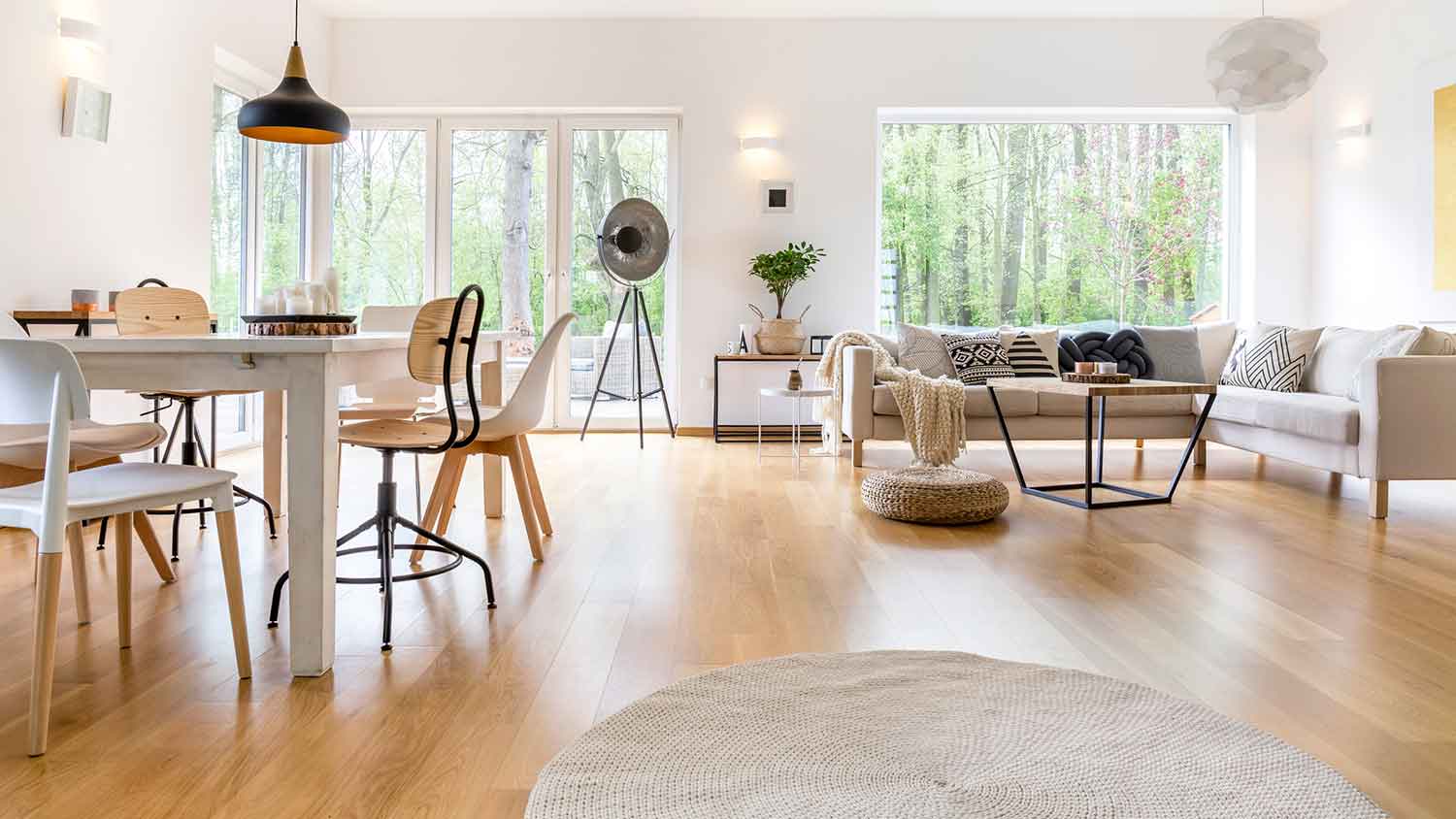
Laminate flooring combines affordability and sustainability with the aesthetic appeal of wood, making it a popular inexpensive flooring choice. It's durable, easy to maintain, and more eco-friendly than vinyl. Laminate doesn't, however, offer as much increase in home value as solid hardwood, and it's more susceptible to moisture damage than vinyl.
| Pros | Cons |
|---|---|
| Affordable | Lower ROI |
| Eco-friendly | Susceptible to moisture |
| Durable | Shorter life span |
Best for: Areas that aren't prone to moisture, like living rooms, bedrooms, and home offices
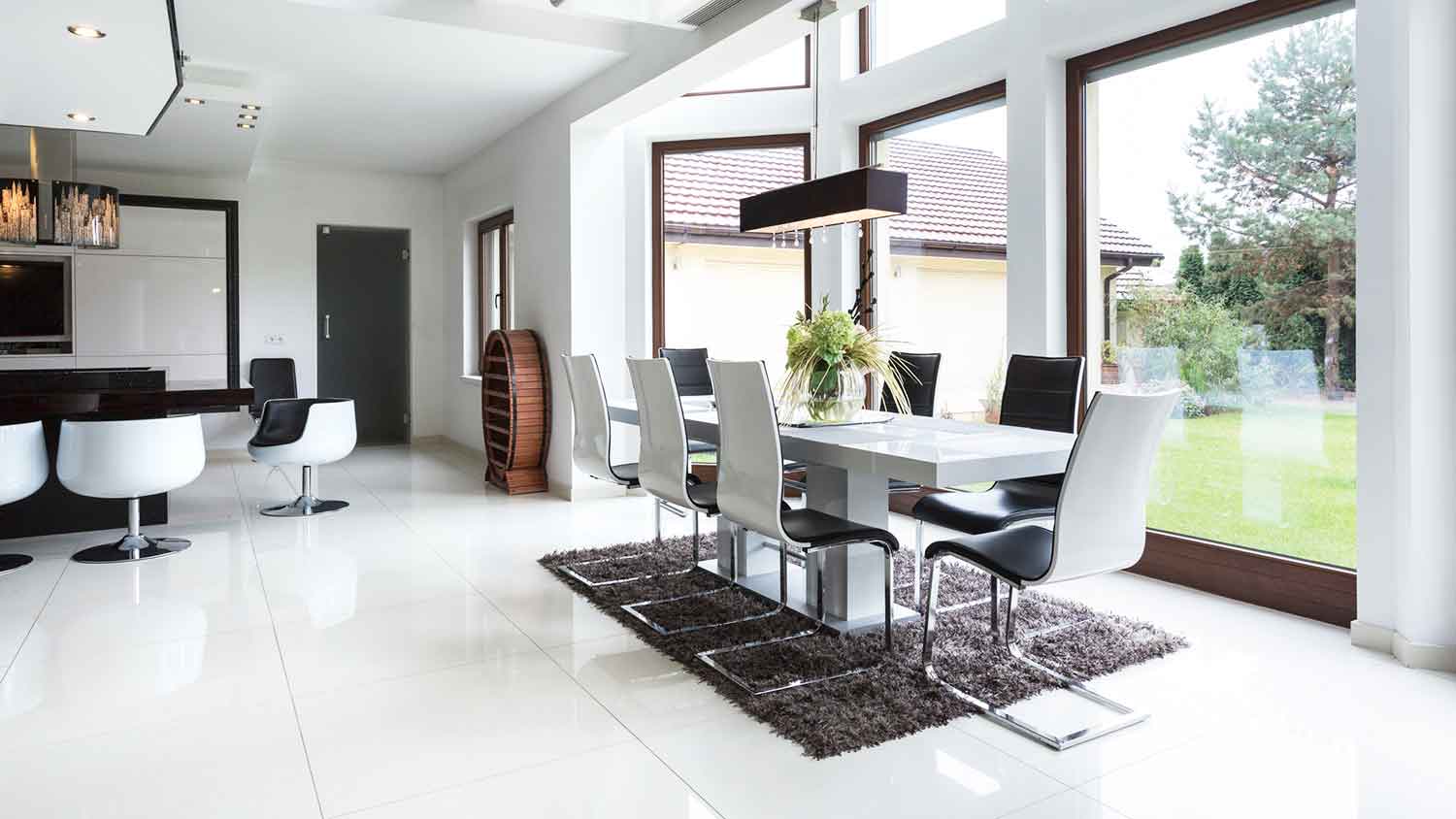
Prized for its hygienic properties, ceramic flooring is perfect for kitchens and bathrooms since it doesn't harbor bacteria and is easy to clean and disinfect. It’s also highly durable and available in a variety of patterns and colors. This makes ceramic versatile and suitable for areas prone to spills and moisture. One drawback is that it can feel cold and hard underfoot, making this type of flooring less comfortable to stand on.
| Pros | Cons |
|---|---|
| Hygienic | Cold to touch |
| Highly durable | Hard underfoot |
| Versatile |
Best for: Bathrooms, kitchens, and laundry rooms
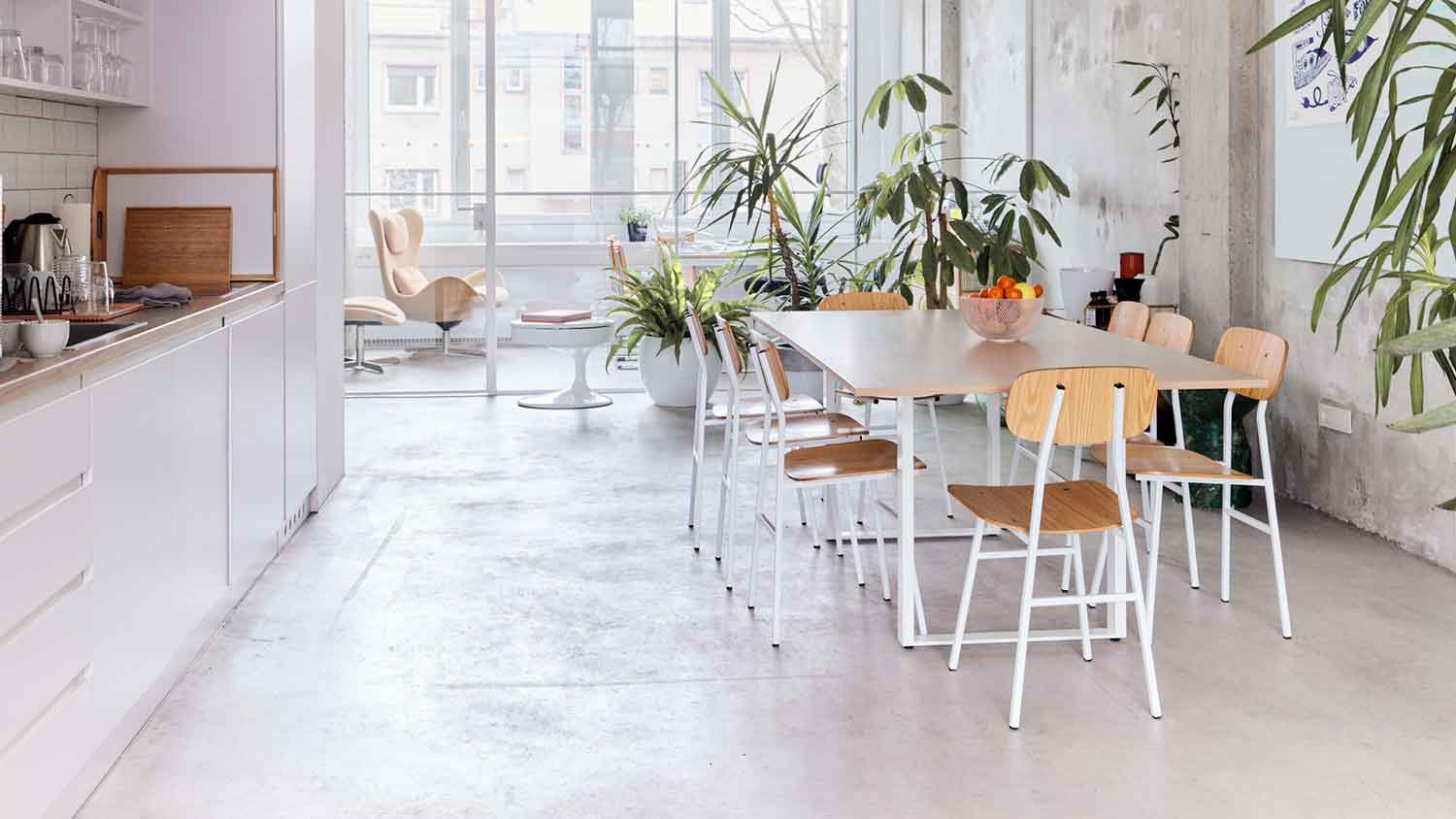
Concrete flooring offers a minimalist, industrial aesthetic and exceptional durability. It’s also low maintenance and fits seamlessly into modern homes. Plus, it’s resistant to fire, scratches, and stains when properly sealed.
Much like ceramic tile flooring, however, concrete can feel cold and hard when walked on, and it may be susceptible to cracks over time. This isn’t a DIY-friendly flooring option, either, so you’ll need to contact a local flooring company if you want concrete. Ideal for modern kitchens, bathrooms, and basements, concrete flooring adds a contemporary edge to any space.
| Pros | Cons |
|---|---|
| Highly durable | Cold to touch |
| Low maintenance | Hard underfoot |
| Modern aesthetic | Possible cracks |
Best for: Modern kitchens, bathrooms, and basements
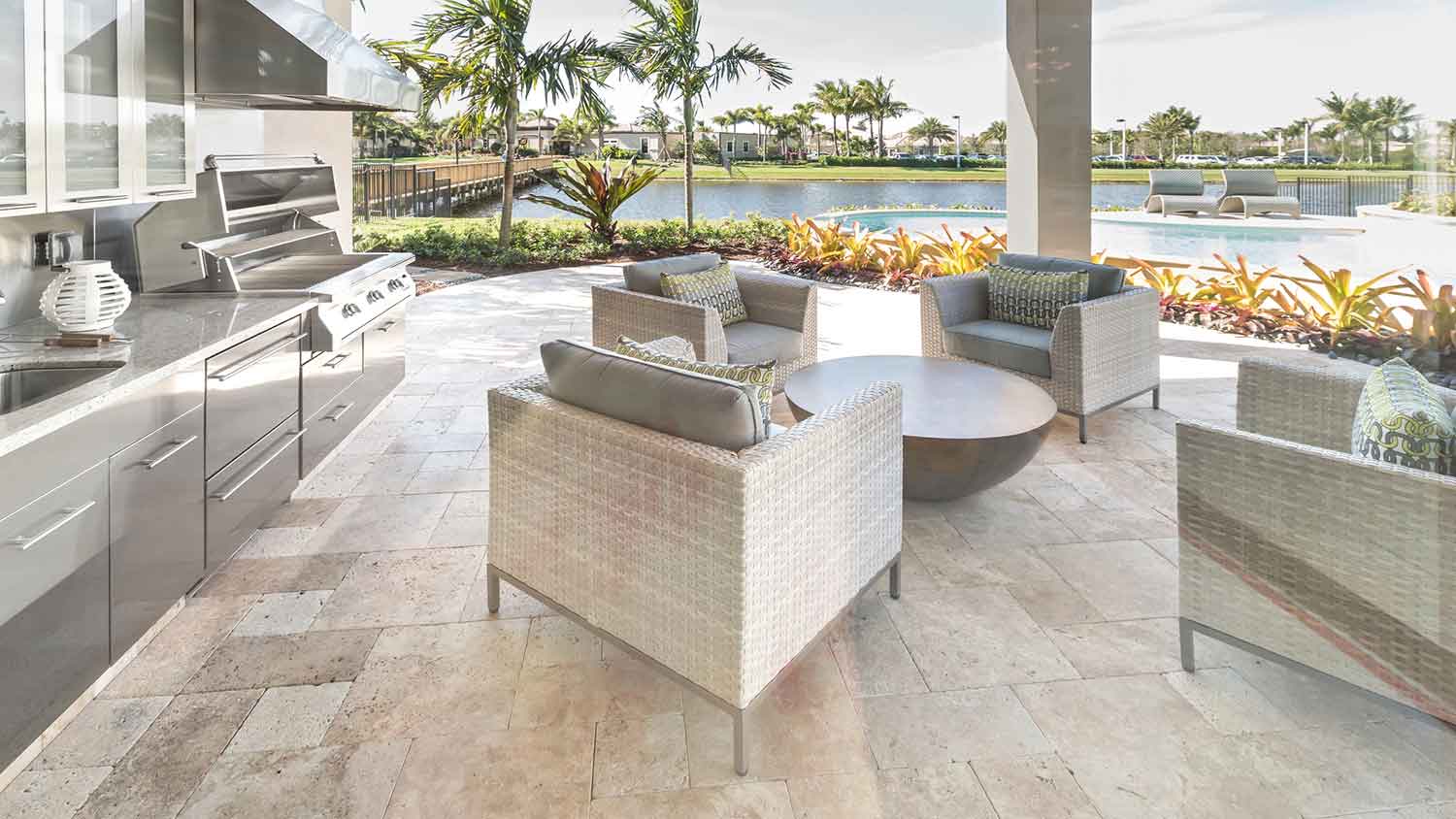
Boasting unparalleled durability and a timeless aesthetic, natural stone floors are suitable for both indoor and outdoor use. Stone is also an excellent choice for allergy sufferers. One of the most significant drawbacks, though, is that natural stone comes with a higher price tag. It can also be slippery when wet and is extremely hard. This means that it’s less comfortable to walk or stand on, and any falls that occur on the flooring can be more dangerous.
| Pros | Cons |
|---|---|
| Highly durable | Slippery when wet |
| Can use indoors and outdoors | Hard underfoot |
| Timeless aesthetic | High cost |
Best for: Elegant bathrooms, modern kitchens, laundry rooms, and patios
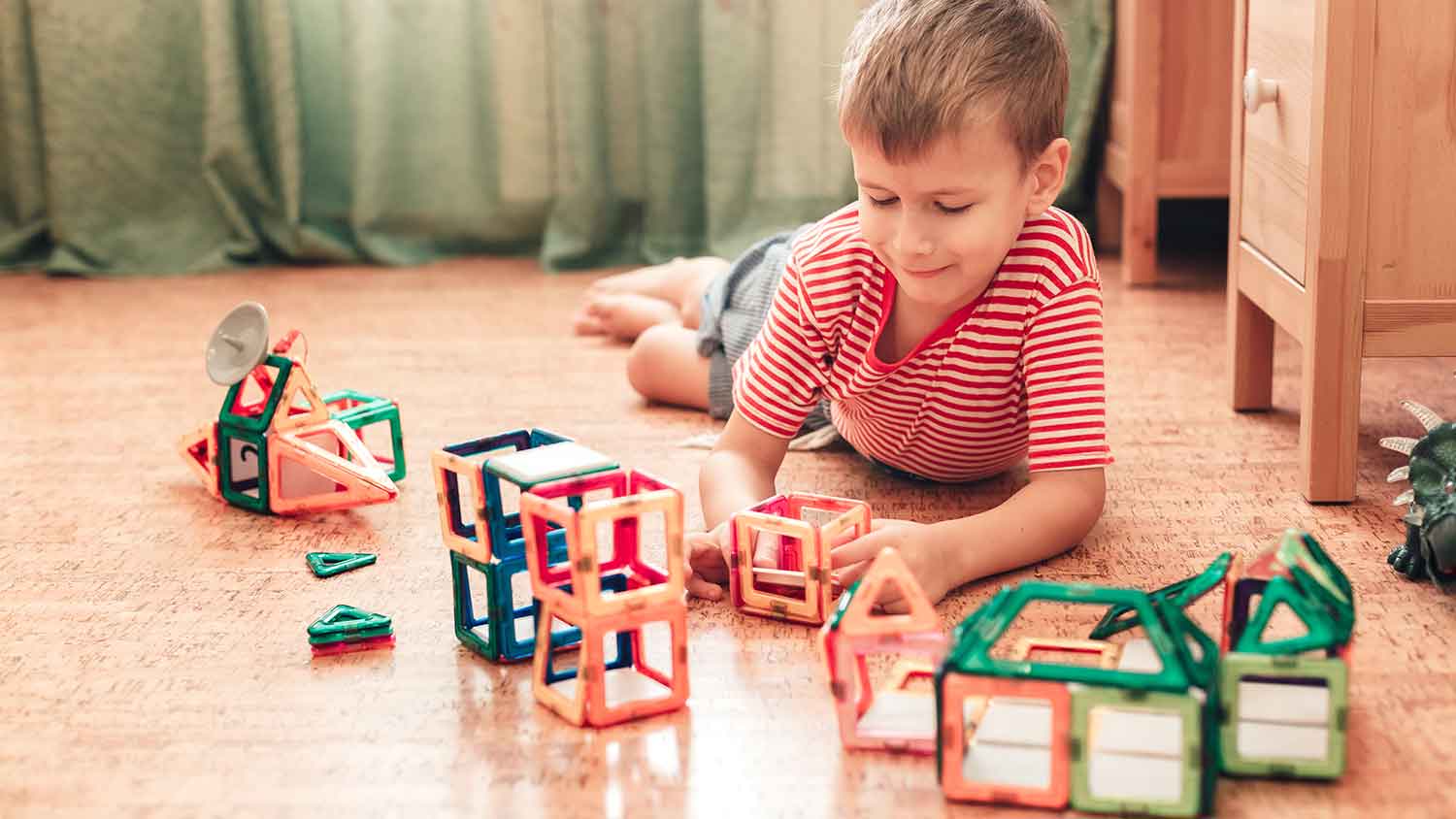
Cork flooring is a great choice for many different rooms in your home since it’s eco-friendly and comfy underfoot. It’s resistant to fire, mold, mildew, and termites, and it's excellent for allergy sufferers and green-living enthusiasts. Cork also has thermal insulation properties, making it warm and cozy even when you’re barefoot. As far as alternatives to carpet flooring go, cork may show wear faster than other flooring materials, especially in high-moisture or sunlight-exposed areas.
| Pros | Cons |
|---|---|
| Eco-friendly | Moisture-sensitive |
| Comfortable | Sensitive to sunlight |
| Resists fire, mold, and mildew | Wears faster |
Best for: Kids' rooms, bedrooms, and hallways
CLR were professional, knowledgeable, clean, and efficient. Very smooth communication and easy to work with. Paul is a true professional; hung a few TVs for me and installed my Lutron system. Highly recommend, will hire again!
He requested I review his service, so I am following through. This week was the second service. I told him that our particular needs were that the trash cans in the living room, kitchen, and my bedroom be emptied. I explained what should go in recycling and which should go in garbage bin...
Overall this experience was hugely disappointing and stressful. It also created great anxiety for me as the provider got quite violent in his oral communications with me and frankly I was fearful for my wellbeing. On Friday July 25, Kevin Granahan was one of 4 individuals I requested quotes...
Excellent sales staff and installer. Easy to work with. I appreciated that my current system was able to be activated and used.
The rock installation they did on my front yard was beautiful and they even was able to put an accent in it so it doesn't seem awkward. Amazing crew!
Excellent overall, very efficient and professional. The owner Chuck addressed an issue immediately after the roof was installed. Would highly recommend.
We appreciated what Cetro Pro did for us as we had an inexpensive bidder start our project. After a week of prepping for painting and not properly site protecting we were nervous about the actual painting results. After the first room was finished and inspected it was apparent that only 1...
I have to say not having a kitchen for a couple months was not easy for me because I love to be in my kitchen and love to cook. What made the sacrifice worth it was now I have an amazing new kitchen that is perfectly customized to all my needs and desires! And it gorgeous! I have had so...
I had hesitated to install a high velocity air central air conditioning system in my 1923 coop unit because the first company who gave me an estimate said that they may have to drop soffits and ruin my original crown moulding. My upstairs neighbor had a different company and ended up...
From average costs to expert advice, get all the answers you need to get your job done.

If your laminate is damaged, it’s time for repairs or replacement. This guide will show you everything you need to know about laminate floor repair costs.

The cost to rip up carpets and install laminate depends on factors like labor prices, materials, and location. Use this guide to get a detailed cost overview.

How much does marble flooring cost? We’ve got the answers about marble cost per square foot, types of marble, DIY cost, and more.
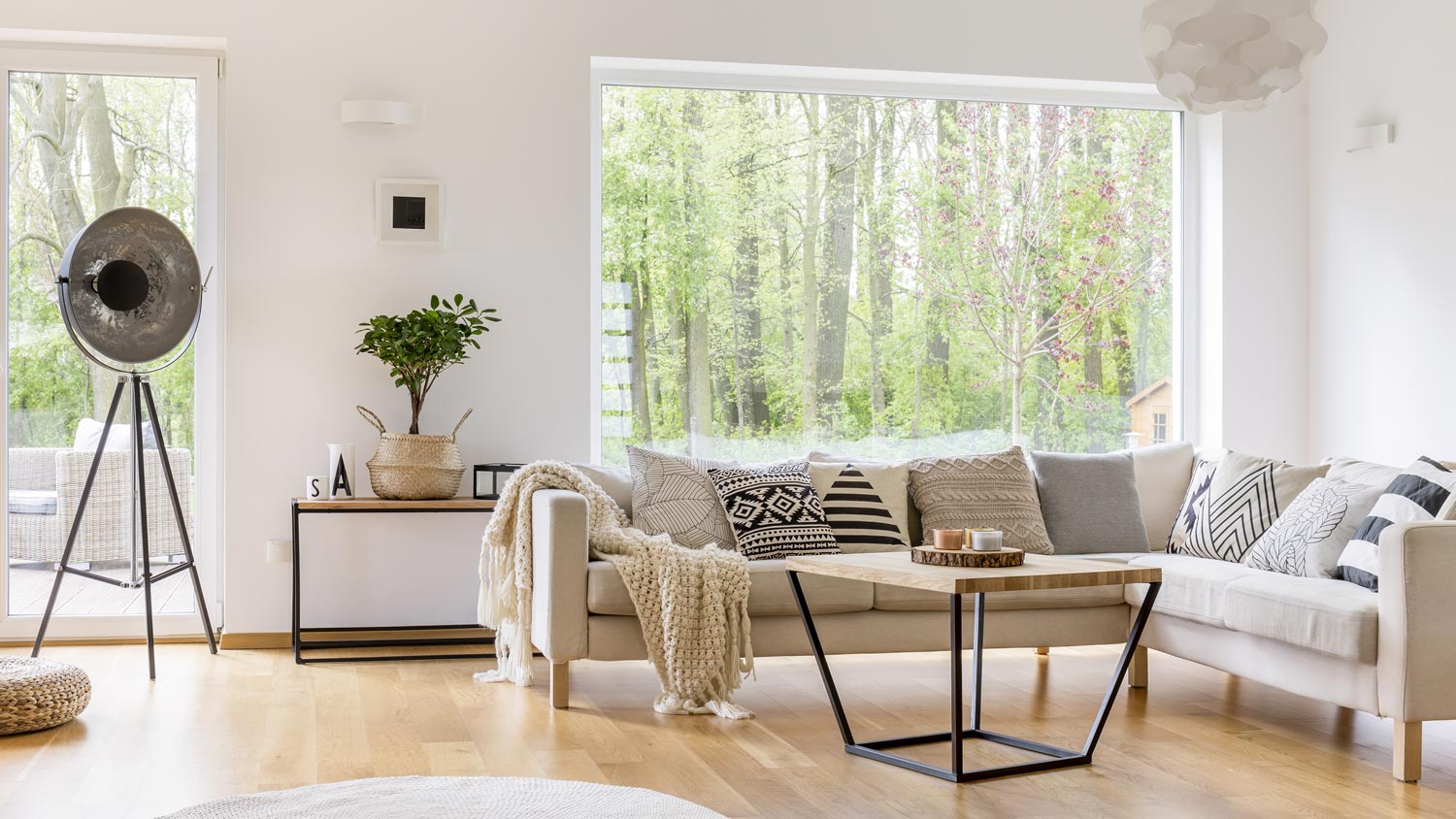
Updated flooring can make any room in your home feel brand new. Explore flooring installation costs in Tampa, FL, from materials to labor costs.
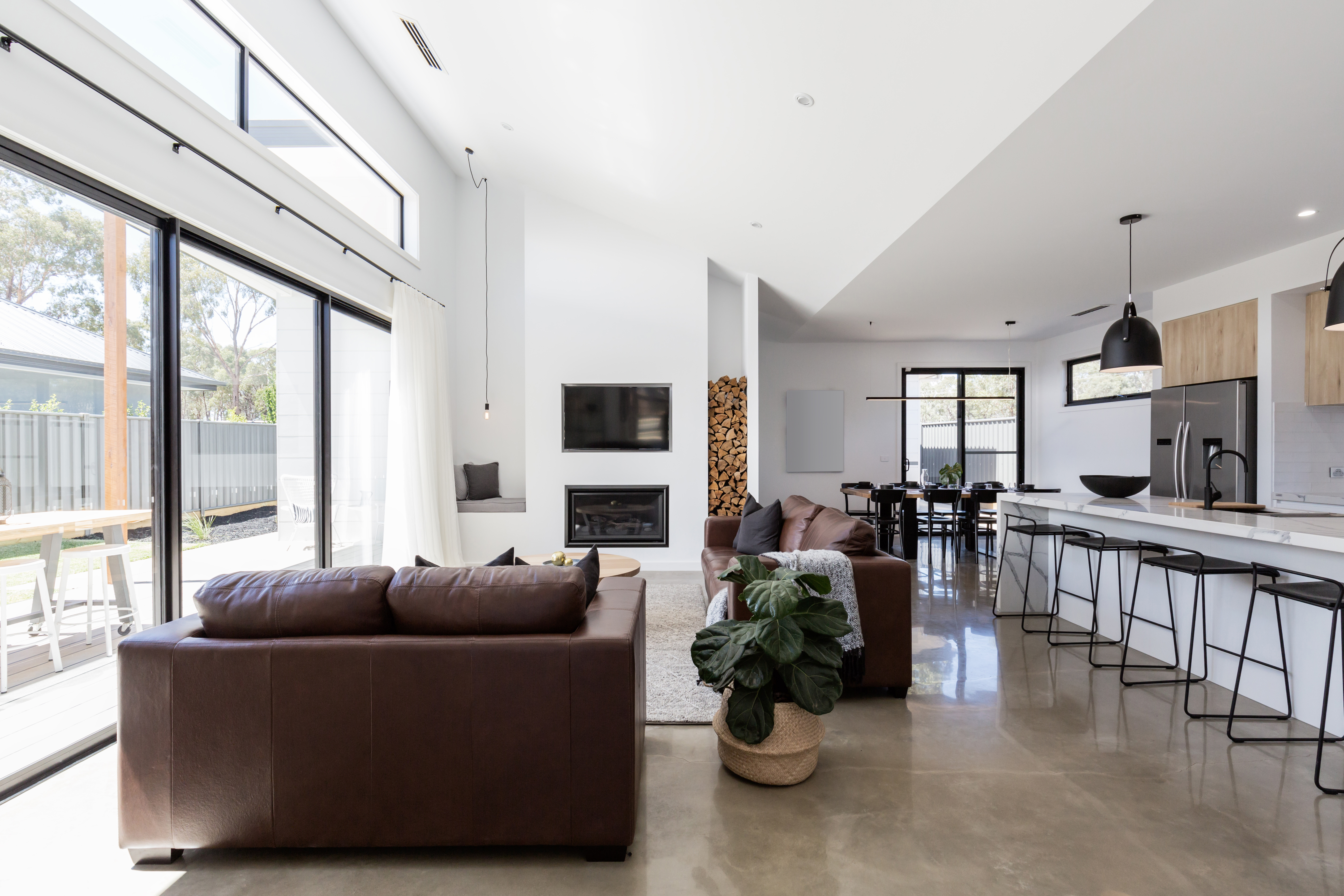
The best flooring to install over concrete can handle the material’s porosity. From vinyl to tile, this guide will run you through the best options.
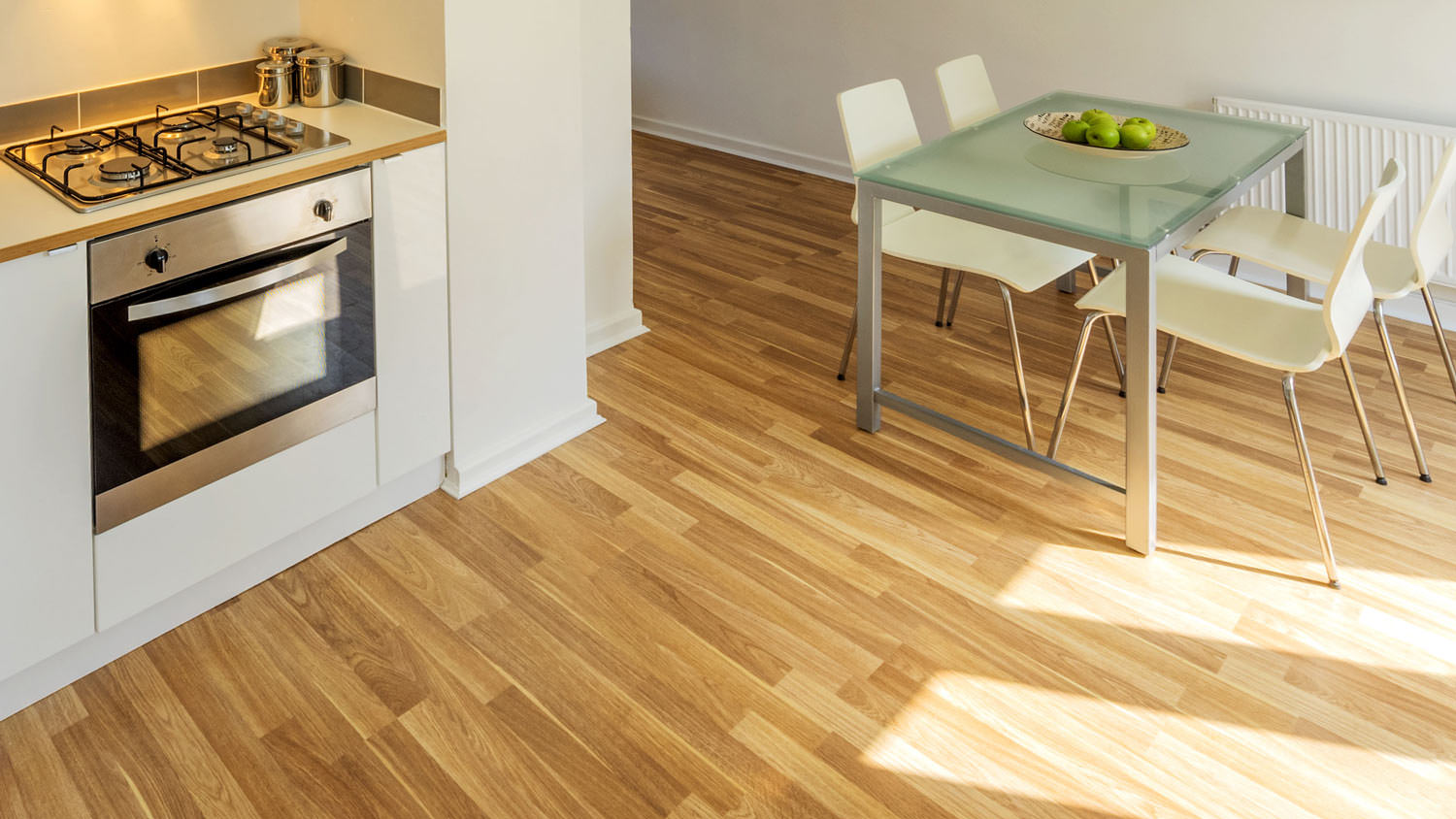
Updated flooring can make any room in your home feel brand new. Explore flooring installation costs in Washington, D.C., from materials to labor costs.